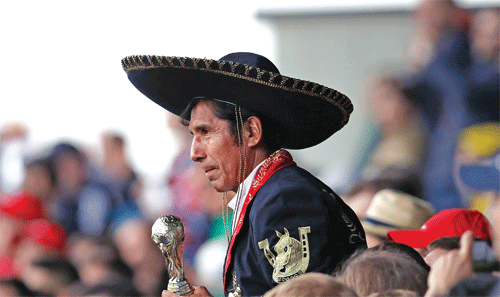
The decision to award the 2026 World Cup to North America on Wednesday follows an explosion in football's popularity across the region which can be traced directly to the 1994 finals staged in the United States. For decades, the United States was regarded as the final frontier for the world's most popular sport, with the beautiful game unable to encroach on territory dominated by baseball, basketball and American football. A promising flirtation with the sport in the 1970s —when stars like Pele, Franz Beckenbauer and Johan Cruyff lit up the North American Soccer League — flamed out when the league was wound up in 1984. “Soccer: sport of the future — and it always will be,” ran the old joke beloved of American football-sceptics. Yet the dynamic began to shift, however, when the USA was handed the 1994 World Cup.A total of 3,587,538 spectators thronged stadia across the United States for the country, generating an average attendance of 68,991 fans per game, a record which exists to this day. More significantly, as a condition of the USA being awarded the tournament, a professional domestic competition was re-established, Major League Soccer. At grassroots level, football in the United States is thriving, with more than 24.4 million Americans playing the sport at some level, second only to China, according to FIFA figures. There is also evidence that football is changing the demographics of armchair sports fans in the US.




